What are the differences between early reflections vs reverb (reverberation)? Are reflections part of reverberations? Do high reverberation times in a room mean that there are many reflections that are contributing to the high reverberation times? Are reverberation times within our rooms only influenced by reflections or are there other room distortion that can come into play? Let’s look at the definitions of both reflections and reverberation and see if we can shed some light on the questions raised above
We have updated this blog content to reflect new advancements in thinking and treating on 11/21/19.
Early Reflections Vs Reverb
What are the reflections? What are early reflections reverb? Reflections are sound energy that strikes any room boundary surface and then strikes another surface and so on until the reflection losses energy and is reduced to below audibility. Reflections can occur between all walls along with floors and ceilings. Each reflection contains energy that can propel it onto the next room boundary surface. There are millions of reflections that occur within our small rooms. They each contain energy that must cause some cumulative effect within our small rooms of today. Early reflections strike our ears close to the time signature of the direct sound. Its this balance of direct and reflected energy that we must manage with proper absorption and diffusion treatment.
Reflections Are Everywhere
We know reflections are everywhere. We also know that ref Definition: lections contribute to room modes, SBIE speaker boundary interference effect, comb filtering and lack of the correct amount and type of reflections can contribute to poor room diffusion. Primary reflections from side walls interfere with the direct or straight line sound from our loudspeakers. Reflections from the side walls across our listening or monitoring position can cause time delayed sound signatures that we must try and hear clearly through. What happens when we get too many reflections within a certain room dimension?. We can drastically increase reverberation times through reflections and that increase type of distortion can blur and smear our music and voice.
Reverberation Definition: https://en.wikipedia.org/wiki/Reverberation
Measure Rt-60: https://www.noisemeters.com/help/faq/reverberation-time/
Echos
When we have too many reflections that “load” in the room we notice that some reflections when added together cause the sound to be more persistent. It is more persistent because you can still hear small versions of the original sound source long after that source has quite given off energy. This phenomenon is now called echo and results from reflection accumulation and the material the room surfaces are made of and size of the room. These reflections gain in strength and produce echos. How long this sound energy takes to get below audible thresholds for human hearing is termed reverb or reverberation times.
Time Interval
Reverberation time is technically the time interval recorded between the original sound with its associated amplitude and the time interval it takes for that sound to not be heard. Speaking in direct versus reflected energy, it is the interval of time between the direct energy from the source and the last audible reflected wave or ray. The RT60 time label is the time interval measured of this direct versus reflected dance of energy. It takes into consideration early reflections and “early reflection reverb”.
Rt-60
RT60 is the time required for reflections of a direct sound to decay 60 dB. Reverberation time is frequently stated as a single value, however, it can be measured as a wideband signal (20 Hz to 20kHz) or more precisely in narrow bands (one octave, 1/3 octave, 1/6 octave, etc.). Typically, the reverb time measured in narrow bands will differ depending on the frequency band being measured. It is usually helpful to know what range of frequencies are being described by a reverberation time measurement.
Time Signature
RT60 is all about time. In fact, it is the time it takes for the direct energy from our sound source within the room to decay at least 60 dB. The RT60 times that you usually see in the literature, are represented with one number. RT60 times can also include measurements that can range across the total human hearing band and also at octave bands. You can have RT60 times that can be measured in one octave, 1/3 octave, 1/6 octave, etc. Narrowband Rt – 60-time measurements that are measured in smaller bands of energy will differ greatly depending on the frequency band being measured.
Room Usage
Determining the best reverberation times for a room are highly subjective. One thing we do know is that the usage and size of the room are major factors in determining the optimal reverberation times. If we have a vocal room and are concerned with human speech intelligibility, we will need a lower reverberation time to allow for more definition and clarity. Caution is necessary with this approach because if we get the reverberation times too short, we can have an impact on tone and amplitude or loudness. In our studio mixes, reverberation is used to add a layer of depth to vocals and instruments. Reverberation has an impact on harmonics, but will not alter the pitch.
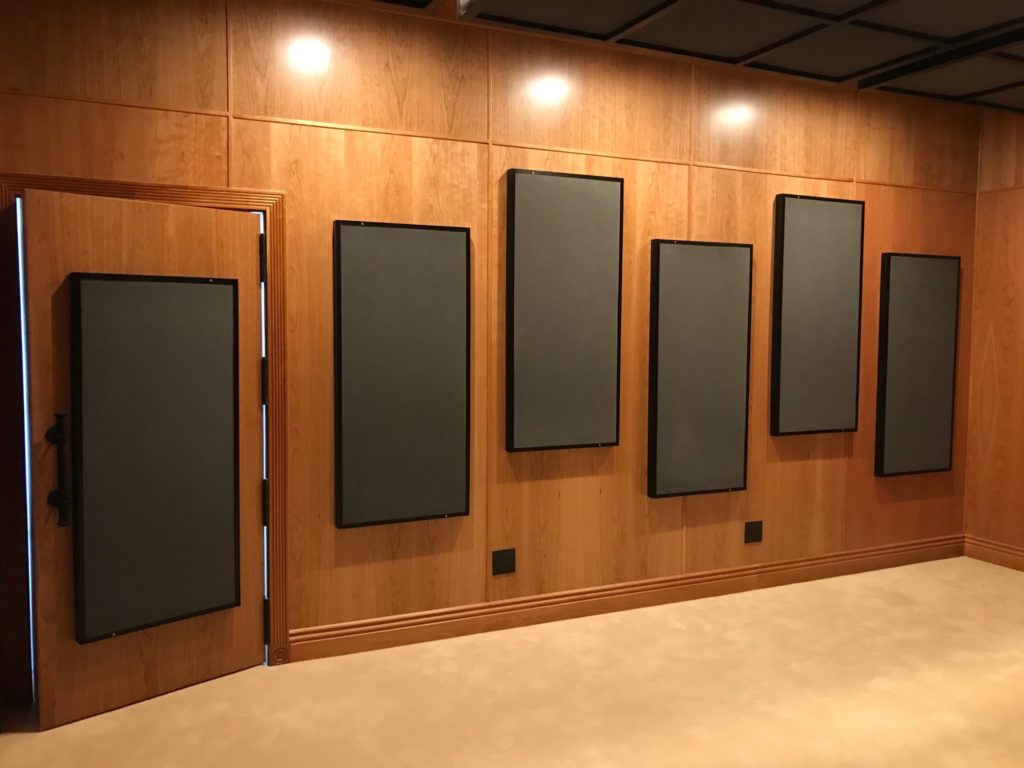
Acoustic Fields Foam Panel Technology
Reflections Everywhere
Reflections abound within our music rooms of today. Since we are all forced to work in much smaller areas, we must be conscious of the relationship between reflections vs. reverberation. Reflections occur from sound energy striking all room surfaces from the source which is usually a speaker, instrument, or vocal. This reflected energy can accumulate and turn into reverberation which is really a long series of frequency-dependent echos. Both reflections and reverberation times must be managed and coordinated with room sound usage.
In Summary
So I hope that description of early reflections vs reverb helps you. If you have any questions at any time I am always on hand to help answer them. Leave them in the comments section or email me at info@acousticfields.com. If you would like to learn more about room acoustics please sign up for my free videos and ebook by joining the mailing list here. I send room tuning tips and things for you to test in your room every Wednesday. They are easy to follow and really help you enjoy more of your music.
Thanks
Dennis


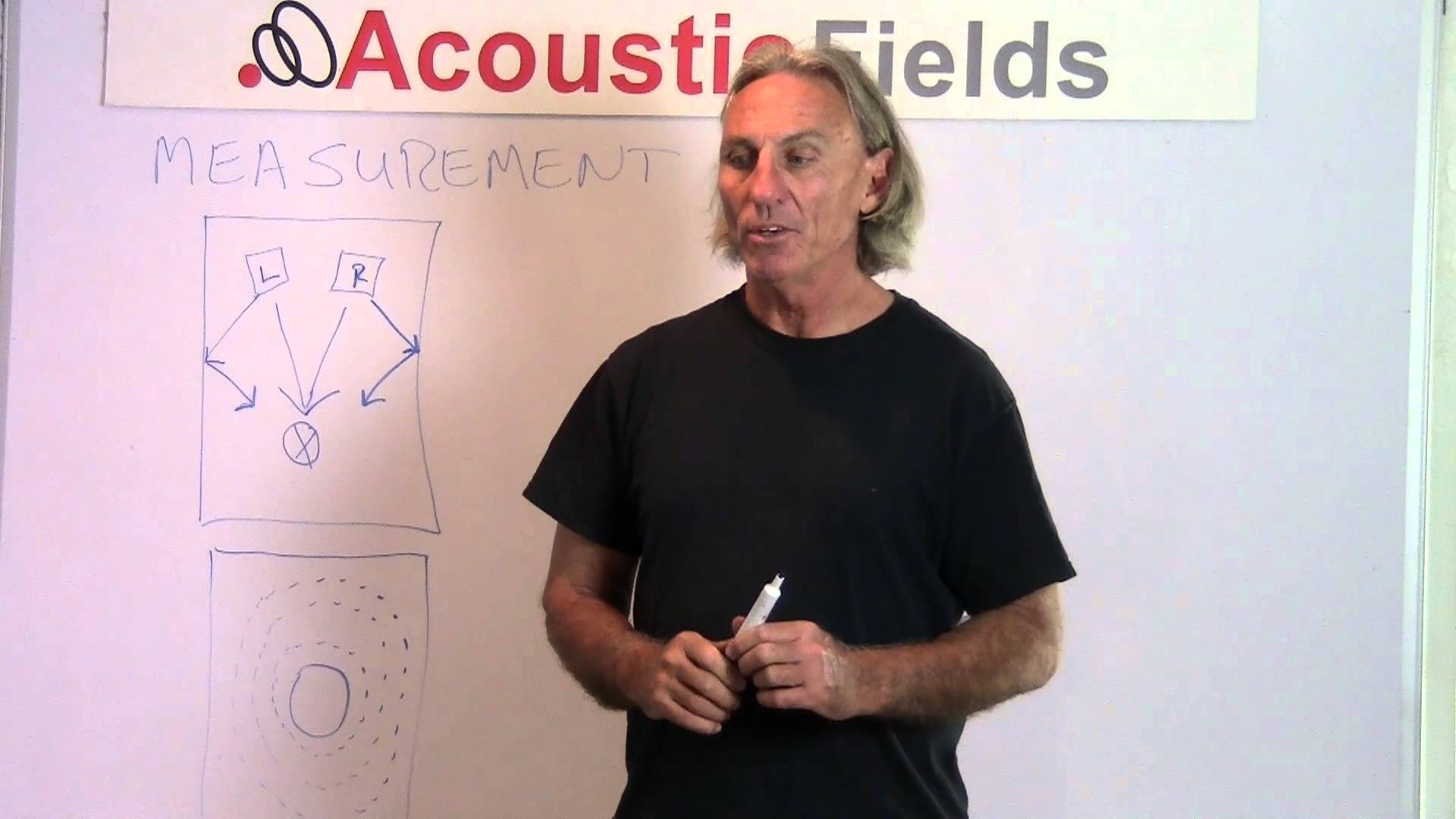
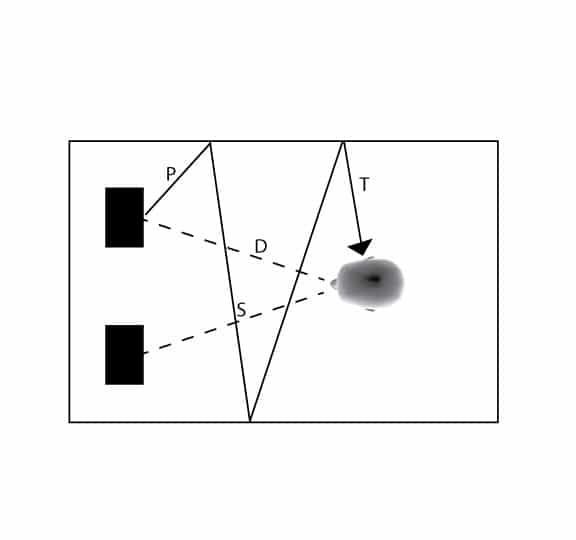
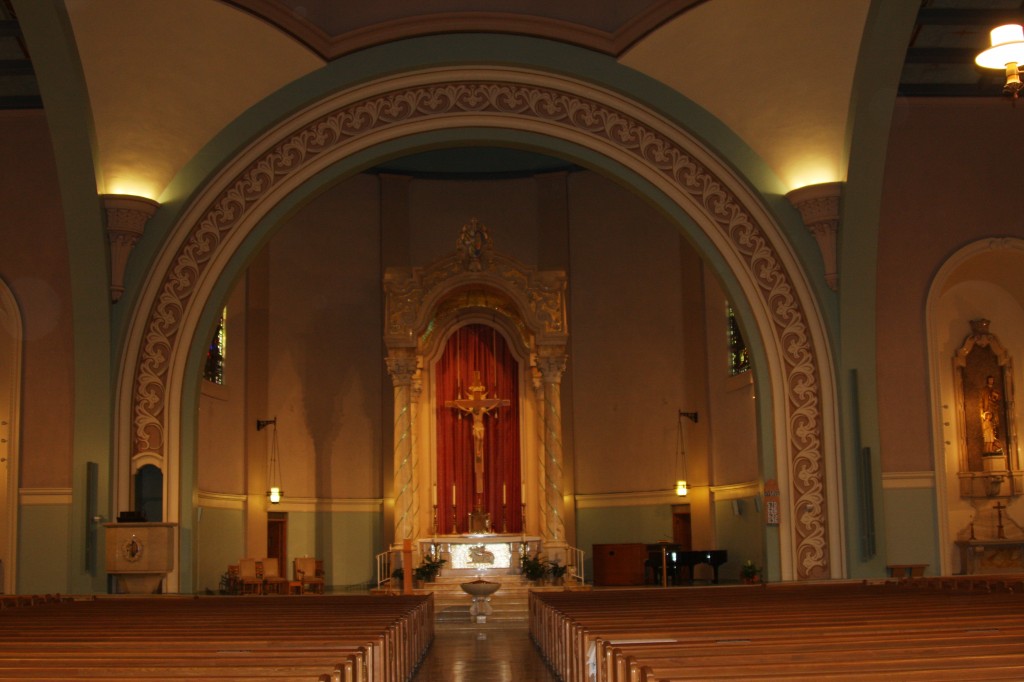
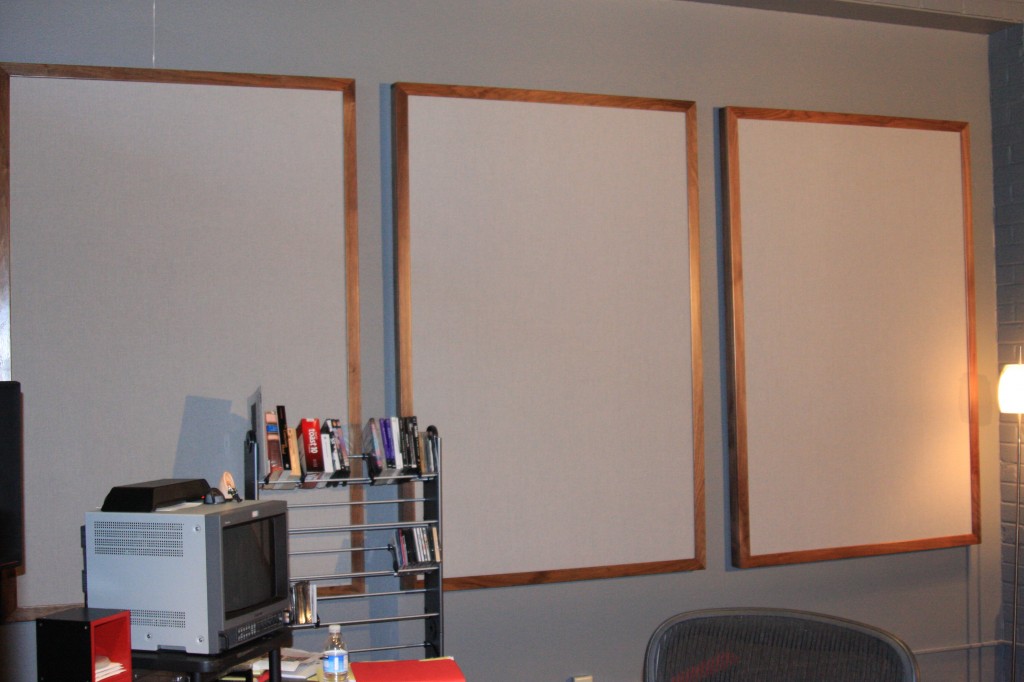





Dennis, Thanks, this helps!
Hi Adesida,
If you need more specific information for your room, fill out the information in this link: https://acousticfields.com/free-room-analysis/
Thanks Dennis for offering your experience and help. I am trying to get my recorded sound farther away from the speakers without drowning the sound in a reverb soup. I need the sound to be distinct, yet seem to originate in a very large space. I have available Quantum Leap Spaces, Altiverb, and an external Lexicon 400. Thanks for any ideas.
F, I will need to know more about your room. Fill out the info in this link: https://acousticfields.com/free-room-analysis/